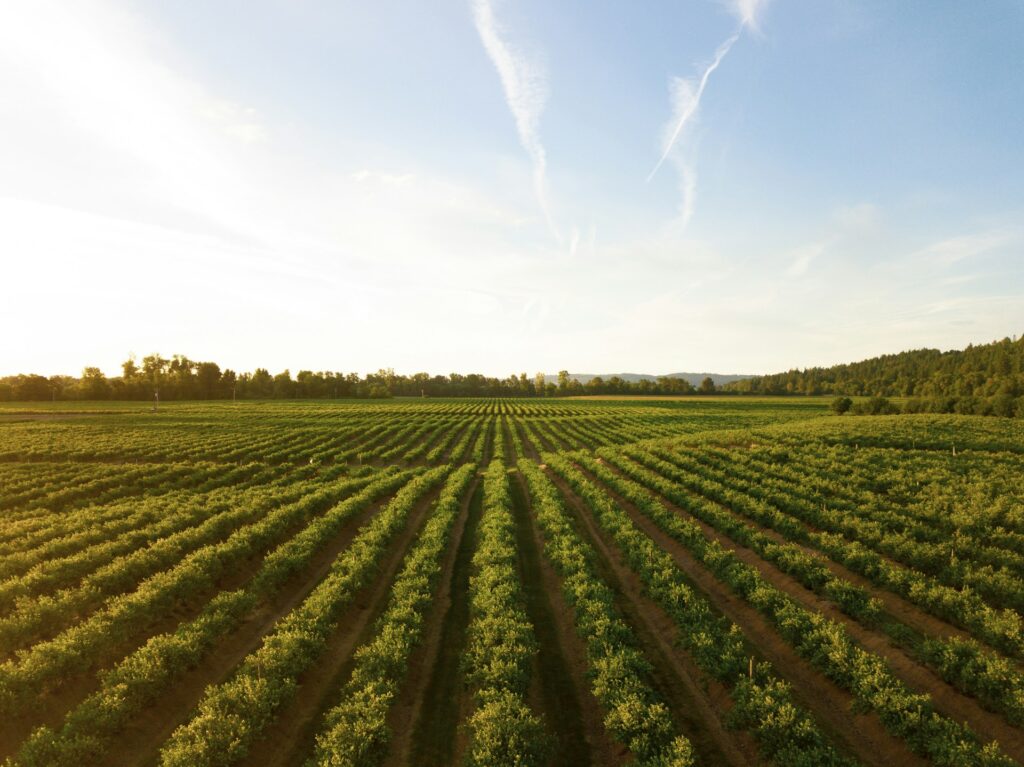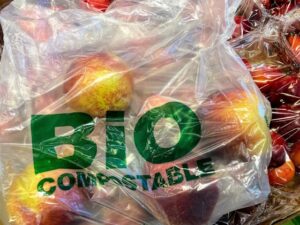Farm to School Month is a time to celebrate a movement that connects schools and local farms, providing fresh, healthy food to students while fostering a deeper understanding of where food comes from. In several ways, these efforts play a key role in shaping the future of sustainable eating for generations to come.
1. Supporting local farmers and economies
Farm to School initiatives directly support local farmers by creating a market for their products. Schools that purchase from nearby farms can help strengthen local economies, keep food dollars within the community, and lower the environmental effects of long-distance food transportation.
Fostering relationships between schools and local growers promotes circularity in the food system by encouraging a loop where resources stay within the local ecosystem. By supporting local agriculture, schools contribute to a food network that prioritizes community resilience, eco-friendliness, and reduced waste. Surplus food can even be redistributed within the local community or used for composting, further closing the loop.
2. Minimizing food waste
As a program of Clean Memphis, Project Green Fork partners with local schools through our food waste curriculum to educate students on the environmental impacts of food waste, teach practical ways to reduce it, and inspire a commitment to environmental responsibility from an early age.
Teaching students about the importance of cutting waste, from portion control to creatively using leftover scraps, sets them up for lifelong habits of mindful consumption, empowering them to make choices that benefit both their health and the planet. By emphasizing the value of every part of the food cycle – from farm to plate and back to the farm again – they can learn to appreciate food as a resource and adopt habits that decrease waste at home and beyond.
3. Fostering environmental stewardship
Farm to School education goes beyond the lunchroom, incorporating hands-on experiences such as school gardens and farm visits. These activities provide students with a deeper engagement in how food is grown and the importance of green farming practices. By connecting children to the land and the farmers who cultivate it, these programs inspire the next generation of environmental stewards who are more likely to support sustainable agriculture in the future.
4. Encouraging farm-to-table learning
Farm to School educates students on the food system as a whole. Incorporating elements that
teach them about agriculture and the environmental effects of food production fosters a deeper
connection to the food they eat and gives them a better understanding of the impact of their choices. Science lessons come to life as students dig in the dirt or taste a just-harvested peach, and culinary activities help them appreciate the journey from farm to table, making sustainable eating both tangible and delicious. Through interactive lessons and field trips, they can gain holistic knowledge of food systems and the role they play in supporting green practices.
5. Inspiring future food advocates
Exposure to farming and environmentally responsible food systems at a young age can inspire students to consider careers in agriculture, food advocacy, or environmental sciences. Farm to School projects can spark interest in the vital work of growing food using methods that minimize harm to soil, water, plants, and animals, leading students to pursue careers that contribute to a more resilient and equitable food system. In this way, Farm to School programs are shaping tomorrow’s leaders of sustainable agriculture and food justice movements.
Farm to School initiatives are about much more than providing meals to students – they are an investment in sustainable eating. By connecting students to fresh, local food, teaching them about the environment, and supporting local farmers, these endeavors are building a foundation for healthier individuals, communities, and food systems. As we celebrate Farm to School Month, it’s clear that these efforts are a key part of shaping a greener future, one lunch at a time.




